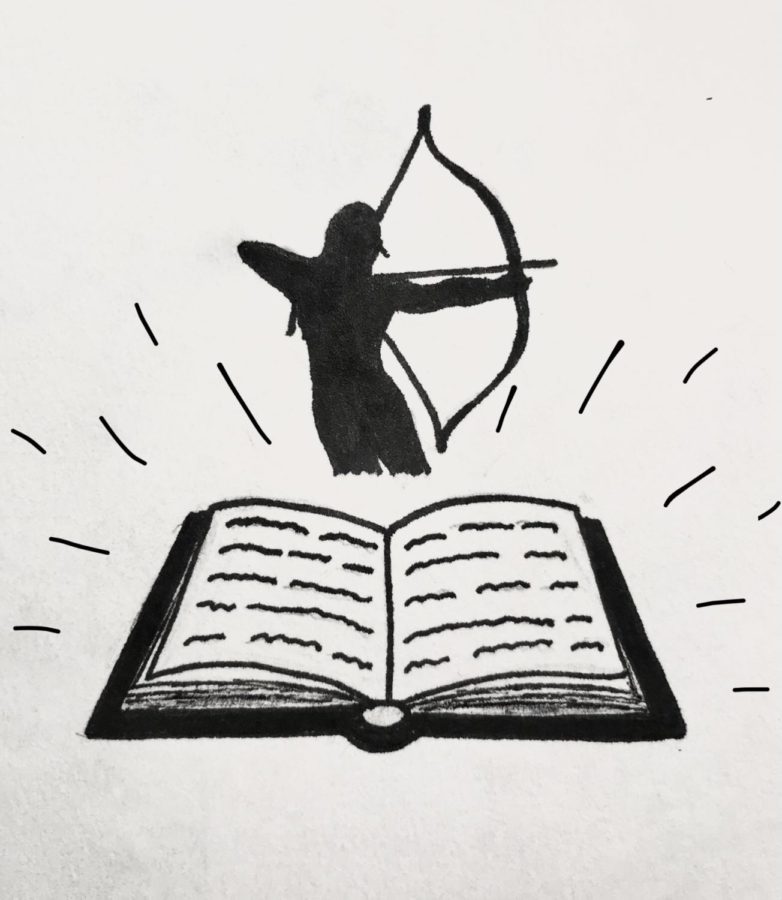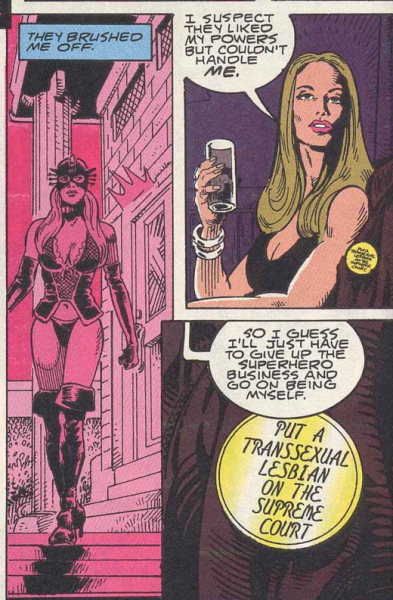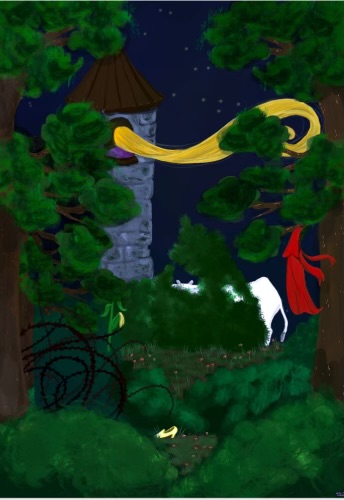The Rise and Fall of Teen Dystopia
2010’s movie adaptation craze
Pop culture of the mid 2010’s was a prime era for many high schoolers: the hold that the dystopian genre had on Gen Z was intense, for some, it was the turning point for their love of books and movies. While millennials had Twilight, the younger generation had Hunger Games. The theme of a teenage rebellion fighting against a dictating government, was something that many connected to and resonated with. But why was Gen Z so obsessed? What about dystopian fiction was so hypnotizing?
Young adult dystopia stands out as the key contributor in bridging the gap between chapter books, middle grade and fiction. The Hunger Games and Maze Runner were books many held close to their hearts. The corrupt and dictating government vs. group of teen rebels trope intrigued readers. It was a reading atmosphere young adults had not yet experienced, and people couldn’t get enough. The obsession had only begun when movie adaptations were put into play. Similar to the Twilight craze of the 2000’s, seeing beloved characters on the big screen catapulted dedicated fans’ love for the franchises even more. The Hunger Games was the first to do it, starting off as a smaller budget indie movie. Everything about it was perfect, from the love triangle casting to the level of gore and world building. The post “American” society and teenagers fighting until death (although gruesome) was something viewers couldn’t get enough of. A chain reaction had begun. Things only got better when Catching Fire was released, introducing teens to newly casted and entertaining side characters. And thanks to the new budget, a reimagined and high tech arena setting.
Unfortunately, in the middle of the honeymoon phase with dystopia…2014 happened. Three new dystopian movies were released within the span of eight months. The first being the least important of the batch, Divergent. A mediocre and generic adaptation of the equally generic book, which too rode on the coattails of The Hunger Games and Maze Runner. The standard controlled society, enemies to lovers and character tropes: boring brunette/chosen one, the underdog and the macho man, were all present. The Maze Runner was released next, arguably the best out of the 2014 wave. Giving us an entirely new concept, a new group of characters, and a new rebellion. “They would come together when faced with hardships and watching the characters’ different personalities mesh while fighting some fantasy beyond them was what kept me interested,” senior Mika Hagos said, in reference to Maze Runner. The Mockingjay adaptations were the last two installments of the Hunger Games franchise, lacking the spark and originality of the first two but still providing much needed closure to the fanbase.
So what exactly happened? It got tiring. Too much of the same genre happened at once. The same plots, love triangles, and oppressions were being pumped out in the form of sequels, new books and stand alone movies. Every protagonist and antagonist looked and acted the same, preventing the worlds and the plots from evolving. The watching experience wasn’t exciting and fresh anymore. Book after book and movie after movie gave us the same fight.
But is there hope for a rise of dystopia once again? With the release of Netflix’s Squid Game, a revisit to the iconic 2010’s dystopia era is surely on the horizon.





